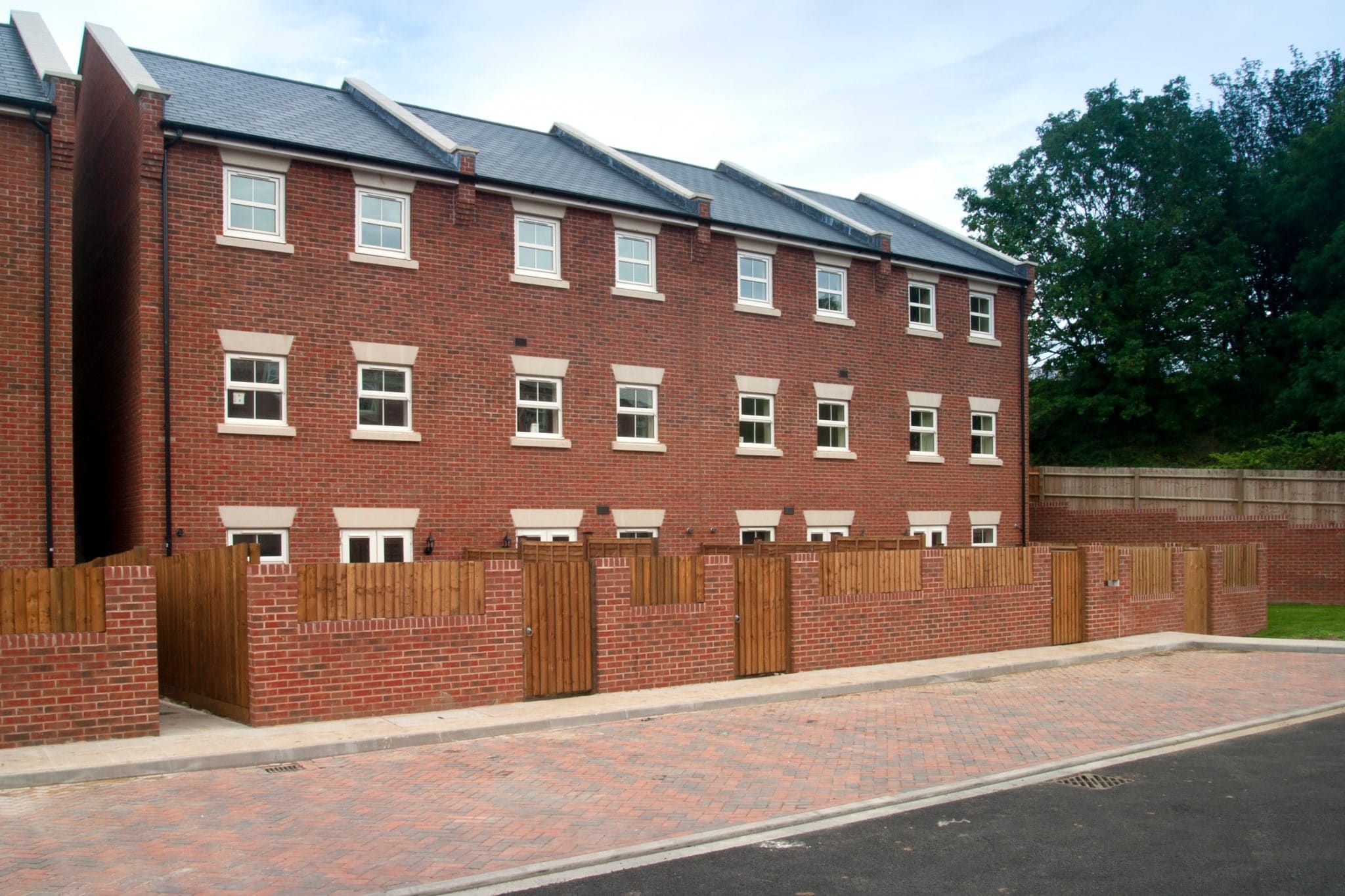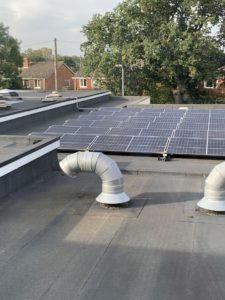Block compliance; you’ve heard the phrase bandied around, but have no idea what it means.
Can you benefit from it? Does it apply to you? What actually IS it?
Relax. Sit back. Let us explain.
What is block compliance?
If you’re designing a dwelling which is grouped together and shares party walls or party floors – such as flats and terrace houses – you can pass building compliance as an overall block.
That means that even if one or more of the dwellings fail individually, they can pass as a collective and, as a result, pass building regulations compliance.
Why is this a “thing”?
Good question. It’s tricky to adequately demonstrate the necessary reduction in carbon dioxide emissions for mid-block flats and terraced houses, because SAP assessments ignore heat loss through party walls and floors. They disregard it even when the dwelling is designed with standards of fabric and building services which would pass a detached house with flying colours.
Block compliance allows you to use average TER and DER values for apartments and terraced houses so that the higher performing units – such as those at the end of the terrace or ground and top floor flats) can make up for the dwellings with a lower performance.
Basically? Everyone’s a winner.
What is the benefit?
It ensures that a development is never penalised as a result of shared building fabric. It keeps the process fair for everyone and removes a massive blocker when it comes to you getting your building regulations compliance.
What do I need to remember?
Crucially, don’t forget that although you can pass regulations through block compliance as a collective, every individual dwelling still requires their own EPC and air test. It’s important you don’t let yourself get caught out on that!
If you’ve still got questions about block compliance and whether it’s something you might be applicable for, get in touch. We’d love to help you.




















